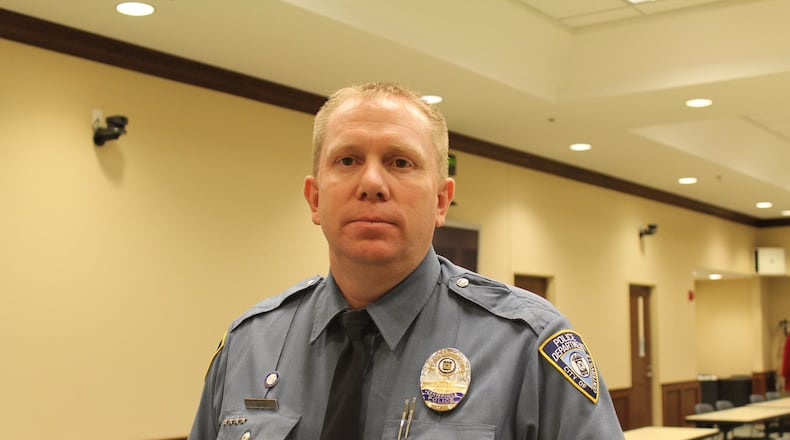A male suspect drove into a group of people and then exited his vehicle and started stabbing people with a butcher’s knife, police said.
The suspect was shot and killed by a police officer — who arrived at the scene within a minute of the crash — but about 11 people were wounded during the attack, though the injuries were not life-threatening, officials said.
The OSU attack is a sad reminder that the public must to be prepared for random acts of violence at school, work and other public places and settings, public safety officials said.
The emergency-response model was popularized by a video created by the city of Houston, Texas, which was paid for using federal funds. Watch the YouTube video here. The clip has been viewed more than 5.4 million times.
People overwhelmingly know they should “stop, drop and roll” if their clothing catches fire. But Davis said he would like “run, hide, fight” to become just as ubiquitous as a safety lesson.
Citizens facing a threat should try to flee and call 911 when they are in a safe and secure place, officials said.
When escape is not possible, people should shelter in place by hiding in rooms or areas that can be locked or barricaded, or they should hide out of sight, possibly under furniture, desks or large objects, officials said.
But people also must be prepared to fight back, Davis said, using any kind of weapons they can improvise, like heavy objects, such as chairs, electronic equipment or a fire extinguisher.
“You can throw a chair or something, you can throw any number of things — the key to this is, you have to do something. You can’t just sit there and wait to be summarily executed,” Davis said. “Complacency is a huge problem we have in these situations.”
Centerville teaches a training program about how to respond to active threat situations. The presentation was developed by the Miami Valley Crime Prevention Association. People interested in arranging a class can contact the association at mvcpa@icloud.com.
“Over the past three years … we’ve taught well into thousands of people this class,” Davis said.
About the Author

